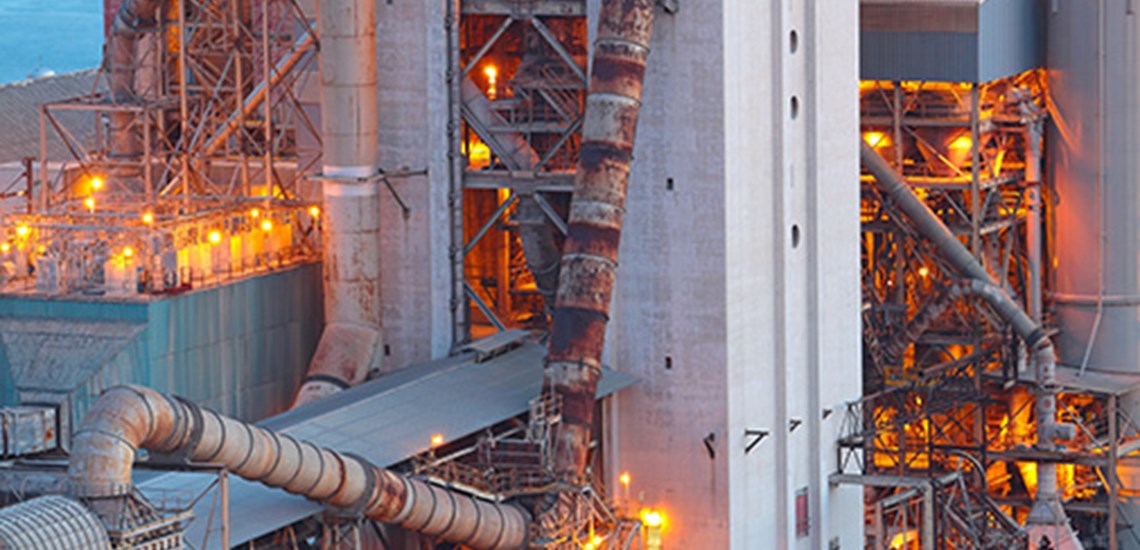Golden Bay Cement to dispose of waste tyres in cement manufacturing in New Zealand.
New Zealand Turns to Cement Kilns to Dispose of Tyres
In a good news bad news story, New Zealand has opted to support the burning of tyres in cement kilns. It is still the only viable solution available to dispose of large quantities of tyre arisings when there are no markets for recycled rubber products. So good news for the disposal of tyres, but bad news for recycling when we still have no viable solutions for the volumes of arisings other than cement kilns.
Fletcher Building has announced the completion of its tyre project at Golden Bay Cement, which will avoid up to three million used tyres going to landfill each year to instead be used in cement manufacturing. The tyre project at Golden Bay Cement will avoid up to three million used tyres going to landfill each year
The significant upgrade to New Zealand’s only end-to-end cement plant, which is based in Portland, Whangarei, was opened by the Honourable David Parker, Minister for the Environment.
“This innovative project is a win-win-win for the environment. It reduces a significant waste problem, reuses a valuable resource, and reduces carbon emissions by about 13,000 tonnes a year,” Environment Minister David Parker said.
Fletcher Building CEO Ross Taylor says this is a landmark sustainability project for manufacturing in New Zealand.
“Using end-of-life tyres in cement manufacturing helps to solve a significant waste problem in New Zealand as well as improve the sustainability of a key building material. Up to 50 per cent of the 6.3 million waste tyres created in New Zealand each year will now be used in cement manufacturing at the Golden Bay Cement plant instead of going into landfill.
“There are no other large industries in New Zealand that can readily or cleanly consume the volume of waste tyres our Portland cement plant can.
“Waste tyres have been used successfully in many cement plants throughout the world. We are proud to bring this world-leading technology to New Zealand as well as our investment in local manufacturing jobs and capability.
“The project was a significant investment over several years that involved upgrades to the plant, with specialist equipment from Denmark installed to feed the tyres into the cement manufacturing process. With the upgrades now completed, we have been successfully using tyres since 22 February. The tyres are combusted at around 1,400°C and the rubber, metal and any ash are combined into the cement.
“Golden Bay Cement supplies more than half the New Zealand market as the only local cement manufacturer.
“Our cement already has around 20 percent lower emissions than imported cement and using tyres is part of the decarbonisation plan to reduce its footprint even further. It will also reduce our need for natural raw materials like iron sand.
“Local manufacturing must compete fiercely with imports, and this investment allows us to continue doing just that. At the same time, we are providing local jobs as well as supply chain security for the domestic building, infrastructure, and construction industries,” said Ross Taylor.
Fletcher Building has a verified science-based target to reduce its emissions by 30 per cent by 2030.
Ross Taylor said, “Climate change is an urgent, global priority. The building and materials sector has an important role to play by changing the way that it designs, builds, sources, and manufactures the building materials used in the construction process. We are serious about transforming our business around sustainability to do our part in creating a sustainable future and reducing our carbon emissions.”
The Ministry for the Environment part funded the $25 million project with a grant of $16 million awarded through its Waste Minimisation Fund.




















